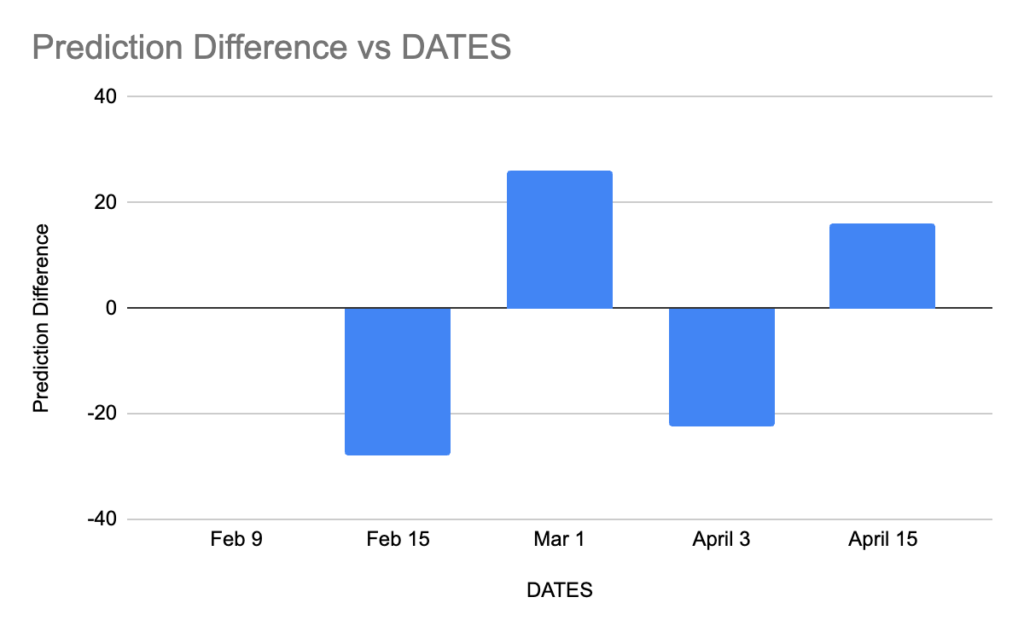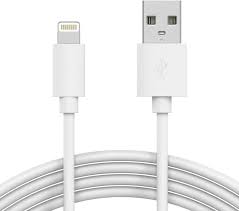

Trinket Projects 1, 2, 3, and 4
<iframe src="https://trinket.io/embed/python3/87b87c0020" width="100%" height="356" frameborder="0" marginwidth="0" marginheight="0" allowfullscreen></iframe><iframe src="https://trinket.io/embed/pygame/75c0931e31" width="100%" height="356" frameborder="0" marginwidth="0" marginheight="0" allowfullscreen></iframe><iframe src="https://trinket.io/embed/python3/87b87c0020" width="100%" height="356" frameborder="0" marginwidth="0" marginheight="0" allowfullscreen></iframe><iframe src="https://trinket.io/embed/python3/b852285f42" width="100%" height="356" frameborder="0" marginwidth="0" marginheight="0" allowfullscreen></iframe>Screen Grab Chart
Prediction Differences vs DATES
<iframe width="600" height="371" seamless frameborder="0" scrolling="no" src="https://docs.google.com/spreadsheets/d/e/2PACX-1vTPss3etgBse2MHnduVWHNx7R0dNvxlS33kCIwGd7IXoo-vO6iQLJr3OjCXs0EFjhLE_Ir6CystEfY8/pubchart?oid=1760452317&format=interactive"></iframe>
Commentary on tech news, Apple Lightning Charger, and ChatGPT


Apple has faced numerous engineering failures leading to issues with their products, such as faulty graphics chips, structural weaknesses, and circuit failures. Despite these problems, customers continue to purchase and defend Apple products. It is crucial to look beyond Apple’s “Think Different” mentality and consider durability, fixability, and usability when choosing a product. Notable issues include extended warranty flaws for the A1226/A1260 MacBook Pro, structural problems with the A1226 MacBook Pro’s hinge design, circuit failures causing random shutdowns, antenna issues with the iPhone 4, power button failures, and recurring graphics chip failures in various MacBook Pro models. Additionally, the iPhone 6 and 6 Plus faced touch disease issues, and the 2015 MacBook introduced a problematic keyboard design. Apple’s inadequate responses to these issues and the high cost of repairs reflect a lack of accountability and commitment to quality. The design flaws and lack of user-repairability, along with outdated models sold at high prices, raise concerns about Apple’s dedication to customer satisfaction and sustainability. This pattern of repeated failures suggests a disregard for reliability and user-centricity.





